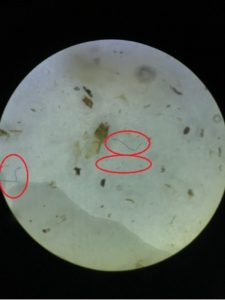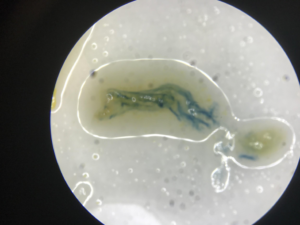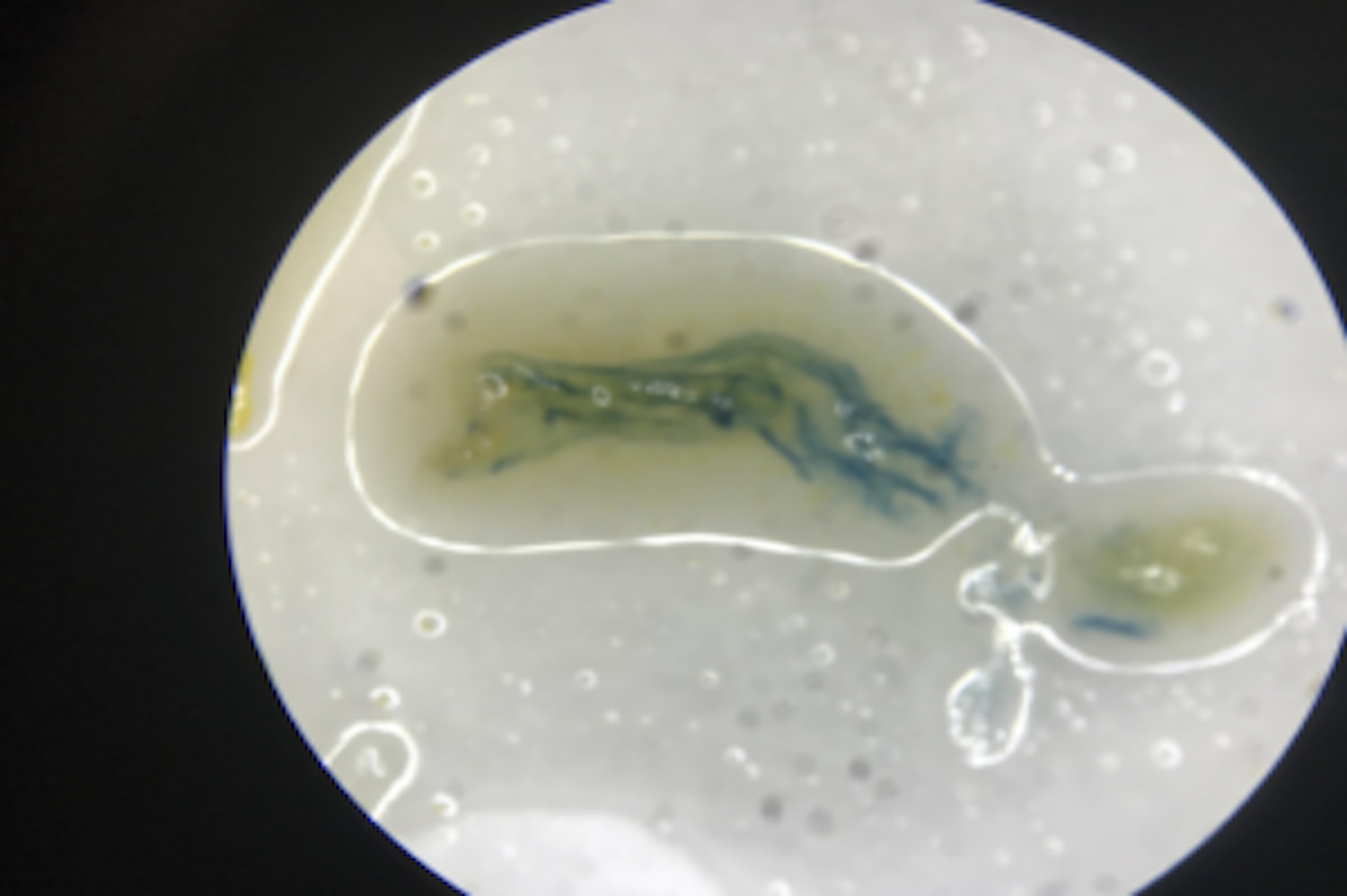There’s plastic in your water, Ottawa.
Take it from me. I sampled both major waterways for invertebrates and almost all of them contained plastic bits known as microplastics.
Microplastics, as the name suggests, are microscopic-sized plastics. That is, less than five millimetres in length and are virtually impossible to see with the naked eye.
Yes, scientists around the globe are finding them in every waterway, aquatic animal and even the bottle and tap water we drink. Nowhere is safe. If you are sipping water now, you are sipping plastic.
Plastic takes up to 1,000 years to fully biodegrade. Thus, unless already made microscopically, it is formed by the physical and chemical breakdown of larger plastic. It just gets smaller and smaller until it can slide through even the smallest grills and filters and seep into our waterways.
Plastic comes in many varieties, united only by being a synthetic, malleable polymer. As such, there are many different types and compositions. While many cultures have made some types of plastics in the past, it wasn’t until the industrial revolution that it was produced at such a massive scale.
As of yet, little is understood about the long-term effects of microplastics on human health. One can suspect gastro-intestinal issues may be a problem, and chemicals like bisphenol-A (BPA) have shown in previous research to disrupt the mammalian hormone system.
When I started my master of science, microplastics hadn’t really gone mainstream outside of the ivory tower. The government had recently banned the use of microbeads in cosmetics, but it was game, set and match.
The chatter in the caf eventually died. It was a fresh (not so fresh) body of water to discover and I was a bright-eyed grad student just aching to explore it through my microscope, like Jacques Cousteau getting a brand new submarine.

It didn’t take the public long to see this. Soon, plastic pollution by single-use plastics, such as bags and straws, would be the talk of the town.
That summer, I had sampled both the Rideau and Ottawa river for invertebrates to explore. Day and night, I slipped into my booty shorts and headlamp, and crawled into the rivers searching for mini monsters to catch and dissect. Let me tell you, for microplastics, some were pretty big.
Here’s the skinny, around 95 per cent of microplastics are produced from clothing you wash. The plastic in your clothes is broken down and drained into the waterways. Around five per cent is from cosmetics and cleaning products, which I suspect will decrease shortly if it hasn’t already after the recent legislation, and whatever is left is everything else.
Plastic straws make up roughly four per cent of single-use plastics by piece, and only about 2.22222222e-7 per cent by weight. The latter is a more important metric: single microplastics are it’s most insidious form.
The fact is, while that turtle was killed by the straw and plastic straw bans may be practical in populous, beachy areas with frequent turtle spawning, the turtle’s death was anomalous and plastic straws may actually save lives, human ones.
Plastic straws are better at bending and cooling liquid while still maintaining adequate structural integrity and hygiene. For quadriplegics and those with cerebral palsy, this may be the only effective way to consume liquids.

The UK is banning plastic straws in 2020. Fortunately for us, this may provide some insight in coming years at how banning plastic will affect its concentration in water as well as socio-economic factors.
From a behavioural perspective, forcing individuals to comply with a rule without the opportunity to opt out could have a serious blowback if the public feels individual liberty is being infringed upon. Many establishments have tackled this problem by providing plastic utensils upon request.
Unfortunately, this means disabled individuals may be at risk of outing themselves.
There isn’t really much you can do to avoid consuming plastic. Until better technology is developed for substitute or cleaning, consider eating and drinking out of fewer plastic containers and bottles.




![Here’s how your favorite media platforms shape your world view without you realizing it Advertising revenue and subscriptions are the main source of income for news outlets. [Graphic by Sara Mizannojehdehi]](https://charlatan.ca/wp-content/uploads/2021/07/11BE7ADB-1CC8-46E8-ADB4-568B3C7F1265-218x150.jpeg)

